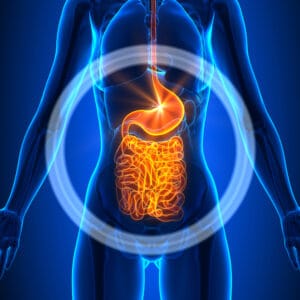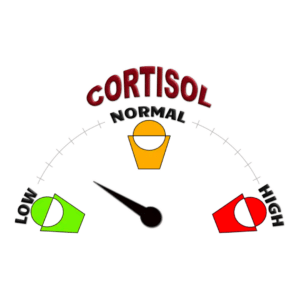Lectins are a type of protein found in many plant foods, including legumes (beans, lentils, chickpeas, peas), grains (barley, quinoa, rice) and nightshades (potatoes, tomatoes, peppers, eggplants). They play a role in the plant’s defence mechanisms, helping to protect them against pests and disease (1). Some lectins can bind to certain sugars on the surface of cells in the gut, which can cause inflammation and disrupt the gut barrier (2).
Lectins can contribute to gut inflammation by:
- Damaging the gut lining (2). Some lectins can bind to the sugars on the surface of gut cells, causing inflammation and damage to the gut lining. This can lead to a leaky gut, where undigested food particles and toxins can pass through the gut barrier and into the bloodstream, triggering an immune response.
- Disrupting gut bacteria (2). Lectins can disrupt the balance of gut bacteria, leading to an overgrowth of harmful bacteria and a reduction in beneficial bacteria. This can contribute to inflammation and several health problems.
- Aggravating autoimmune conditions (2): Some people may have an increased sensitivity to lectins, particularly those with autoimmune disorders such as rheumatoid arthritis, lupus and inflammatory bowel disease. In these individuals, lectins can contribute to a flare-up of symptoms.
It is important to note that certain lectins have adverse effects on the gut in some individuals; these people may be more sensitive to lectins than others, and many lectins have been shown to have health benefits.
Several food preparation techniques can help reduce foods’ lectin content (3). Some of these are:
- soaking: soaking beans, legumes and grains in water for several hours before cooking can help to reduce the lectin content. The water must be changed frequently and discarded before cooking.
- sprouting: sprouting grains, legumes, and seeds can also help to reduce the lectin content. Sprouting involves soaking the food in water for several days and then allowing it to germinate, which can reduce the lectin content.
- cooking: cooking foods at high temperatures can also help to reduce the lectin content. Boiling, pressure cooking and roasting are effective methods for reducing lectins in foods.
- fermenting: fermenting foods can help reduce the lectin content. This involves allowing the food to sit in a warm environment with beneficial bacteria which can break down the lectin content.
- peeling and de-seeding: peeling fruits and vegetables and removing the seeds can also help to reduce the lectin content.
- activating nuts and seeds: soaking and dehydrating the nuts and seeds can help to reduce the lectin content to neutralise the enzymes and increase the bioavailability of nutrients.
These methods may not eliminate all lectins, and certain people may still be sensitive (3). For this reason, it is always a good idea to consult a healthcare professional before making any significant changes to the diet.
Sources:
- Adamcová, A., Laursen, K.H. and Ballin, N.Z. (2021). Lectin Activity in Commonly Consumed Plant-Based Foods: Calling for Method Harmonization and Risk Assessment. Foods, 10(11), p.2796. doi:10.3390/foods10112796.
- Gong, T., Wang, X., Yang, Y., Yan, Y., Yu, C., Zhou, R. and Jiang, W. (2017). Plant Lectins Activate the NLRP3 Inflammasome To Promote Inflammatory Disorders. The Journal of Immunology, 198(5), pp.2082–2092. doi:10.4049/jimmunol.1600145.
- Shi, L., Arntfield, S.D. and Nickerson, M. (2018). Changes in levels of phytic acid, lectins and oxalates during soaking and cooking of Canadian pulses. Food Research International, 107, pp.660–668. doi:10.1016/j.foodres.2018.02.056.








